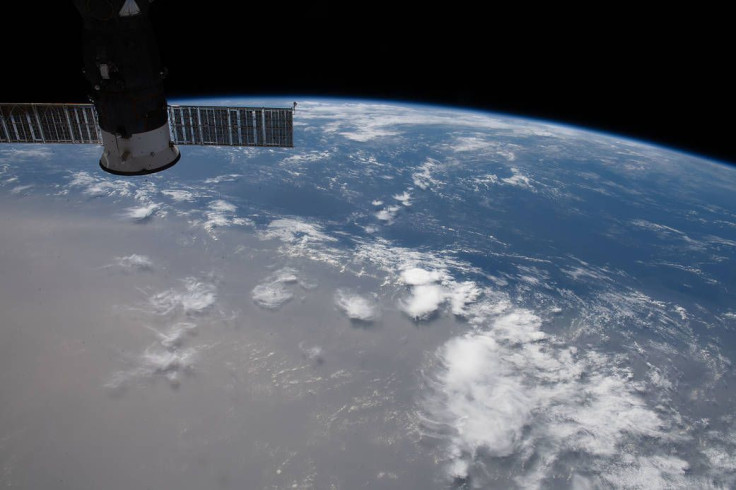Biggest Dust Cloud From Sahara In 50 Years Headed For US
KEY POINTS
- A massive dust cloud nicknamed Godzilla is moving toward the U.S.
- The dust cloud was formed by atmospheric conditions over the Sahara desert
- Air quality in parts of the U.S. might be affected by the dust cloud
Meteorologists have confirmed that a massive dust cloud nicknamed Godzilla is currently headed for the U.S. According to experts, the dust cloud came from the Sahara desert and is the largest ever recorded in 50 years.
The massive dust plume appears every year due to atmospheric conditions over the Sahara desert. It forms a layer of dust about two miles thick over the region between spring and fall.
According to experts, the Godzilla dust cloud is currently moving toward the U.S. An image captured from the International Space Station by SpaceX astronaut Doug Hurley shows the massive dust plume creeping across Earth.
As noted by the NASA Earth Observatory, the thickest part of the dust cloud stretches about 1,500 miles over the Atlantic. According to reports, the massive dust cloud has already reached the Caribbean Sea and is affecting islands in the region.
“This is the most significant event in the past 50 years. Conditions are dangerous in many Caribbean islands,” Pablo Mendez Lazaro of the School of Public Health at the University of Puerto Rico said in a statement.
We flew over this Saharan dust plume today in the west central Atlantic. Amazing how large an area it covers! pic.twitter.com/JVGyo8LAXI
— Col. Doug Hurley (@Astro_Doug) June 21, 2020
Weather Forecasting site AccuWeather reported that the Godzilla dust cloud is expected to reach the U.S. on Thursday (June 25) or Friday. According to the site, the presence of the massive plumes of dust in the sky will have a significant effect on sunsets.
Due to the dust clouds, the public can expect to see sunsets with more prominent yellowish and reddish hues in affected areas.
Unfortunately, the appearance of the sunsets will not be the only effect of the dust cloud. Experts warned that the Godzilla dust cloud might drastically affect the air quality in the areas it passes through. Those with respiratory conditions are advised to stay indoors within the next couple of days to avoid getting affected by the dust cloud.
“Air quality could also drop to moderate to unhealthy this weekend over South and East Texas due to the dust,” Dan Kottlowski, AccuWeather’s senior meteorologist, said in a statement. “So, people with respiratory issues should not spend any long periods of time outdoors. Some people with severe respiratory conditions may just want to stay indoors.”

© Copyright IBTimes 2024. All rights reserved.





















